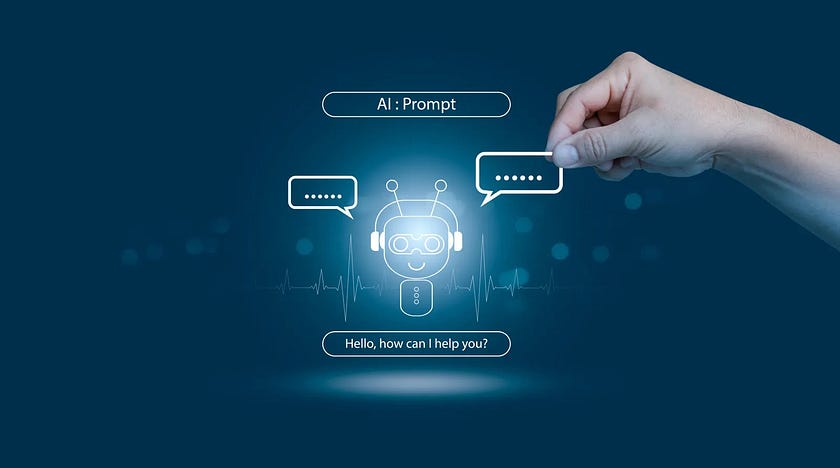Understanding Conversational AI: Definition and Functionality

In today’s digital-first world, businesses are constantly searching for smarter ways to connect with customers. One of the most innovative solutions leading this transformation is Conversational AI. From chatbots on e-commerce sites to voice assistants like Alexa or Siri, conversational AI is reshaping the way humans interact with technology. But what exactly is it, and how does it work? Let’s break it down.
What Is Conversational AI?
Conversational AI refers to advanced technologies that enable machines to understand, process, and respond to human language in a natural way. Unlike traditional chatbots that rely on scripted replies, conversational AI uses natural language processing (NLP), machine learning (ML), and speech recognition to hold meaningful conversations with users.
Think of it as a virtual assistant that not only answers queries but also learns from interactions, adapts over time, and delivers more personalized responses.
Key Components of Conversational AI
- Natural Language Processing (NLP):
Helps machines understand and interpret human language, including context, intent, and tone. - Machine Learning (ML):
Enables systems to improve over time by learning from previous conversations. - Automatic Speech Recognition (ASR):
Converts spoken words into text so the system can process voice-based interactions. - Dialogue Management:
Ensures the conversation flows naturally, deciding how the AI should respond in different situations. - Natural Language Generation (NLG):
Transforms machine data into human-like responses, making conversations feel more authentic.
How Does Conversational AI Work?
The working of conversational AI can be explained in a simple flow:
- Input: The user types or speaks a message.
- Processing: The system uses NLP and ML to identify intent and extract relevant information.
- Understanding: The AI interprets context, previous interactions, and possible queries.
- Response: Using NLG, the system generates a meaningful, natural-sounding reply.
- Learning: Each interaction helps the AI improve accuracy and personalization over time.
For example, if a customer asks a banking chatbot, “What’s my account balance?”, the system will recognize the intent (“check balance”), verify the user’s account details, and provide the answer instantly.
Why Is Conversational AI Important?
- Enhanced Customer Experience: Provides instant, 24/7 support.
- Cost Efficiency: Reduces reliance on human agents for repetitive tasks.
- Personalization: Learns from customer behavior to deliver tailored recommendations.
- Scalability: Handles thousands of interactions simultaneously without delays.
Real-World Applications
- Customer Support: Automated chat systems on websites and apps.
- E-commerce: Personalized shopping assistants and product recommendations.
- Banking & Finance: Virtual assistants for transactions and account management.
- Healthcare: AI-powered tools for appointment scheduling and patient queries.
- Smart Devices: Voice assistants in smartphones, cars, and smart homes.
Final Thoughts
Conversational AI is no longer a futuristic concept — it’s already part of our daily lives. As the technology continues to evolve, its ability to understand human intent and respond intelligently will only get better. Businesses that embrace conversational AI can expect not only improved customer satisfaction but also a competitive edge in the digital economy.



Comments
Post a Comment